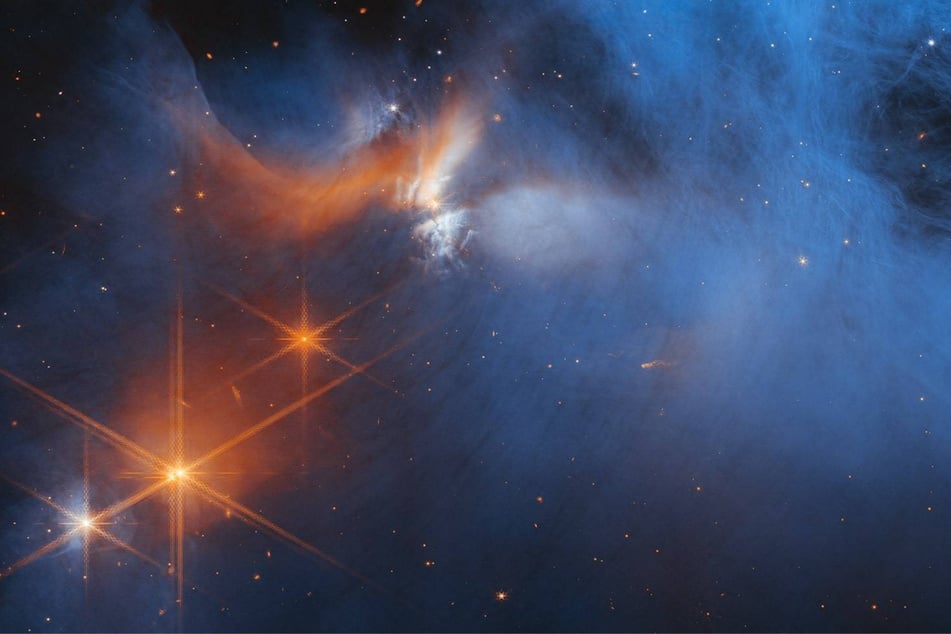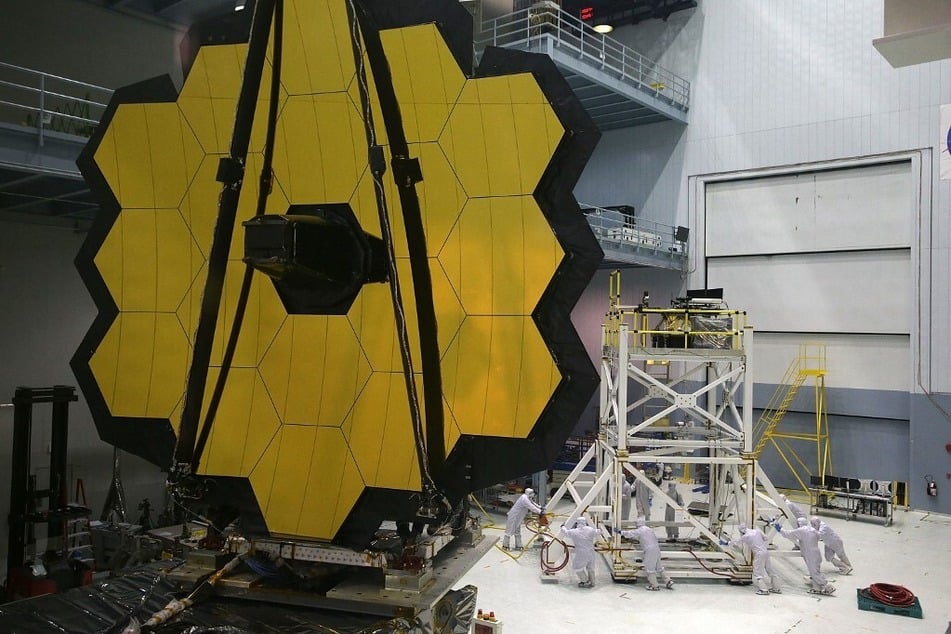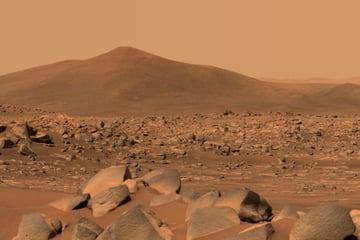James Webb space telescope finds "building blocks of life" in distant molecular cloud
NASA's James Webb Space Telescope has discovered molecules such as carbon dioxide and methane in a distant, icy cloud which could end up forming the "building blocks of life."

Frozen forms of water, carbonyl sulfide, ammonia, methane, and methanol, which contain ingredients necessary for life, have been found in a distant molecular cloud known as Chameleon I.
The images taken of the ice cloud, which is around 630 light years away, are the most comprehensive to date of the essential elements required to form future stars and planets.
"Our results provide insights into the initial, dark chemistry stage of the formation of ice on the interstellar dust grains that will grow into the centimeter-sized pebbles from which planets form in disks," Melissa McClure, an astronomer at Leiden Observatory in the Netherlands, said in a NASA press release.
"These observations open a new window on the formation pathways for the simple and complex molecules that are needed to make the building blocks of life."
Scientists find evidence of more complex molecules in Chameleon I cloud

Scientists also said they found more complex molecules as well.
"Our identification of complex organic molecules, like methanol and potentially ethanol, also suggests that the many star and planetary systems developing in this particular cloud will inherit molecules in a fairly advanced chemical state," said Will Rocha, another astronomer at Leiden Observatory.
"This could mean that the presence of precursors to prebiotic molecules in planetary systems is a common result of star formation, rather than a unique feature of our own solar system," he added.
The research team's findings were published in the journal Nature Astronomy on Monday.
The James Webb space telescope was launched into space at the end of 2021. It has already brought back dramatic images and insights into the earliest known galaxies to date.
Cover photo: IMAGO / Cover-Images

